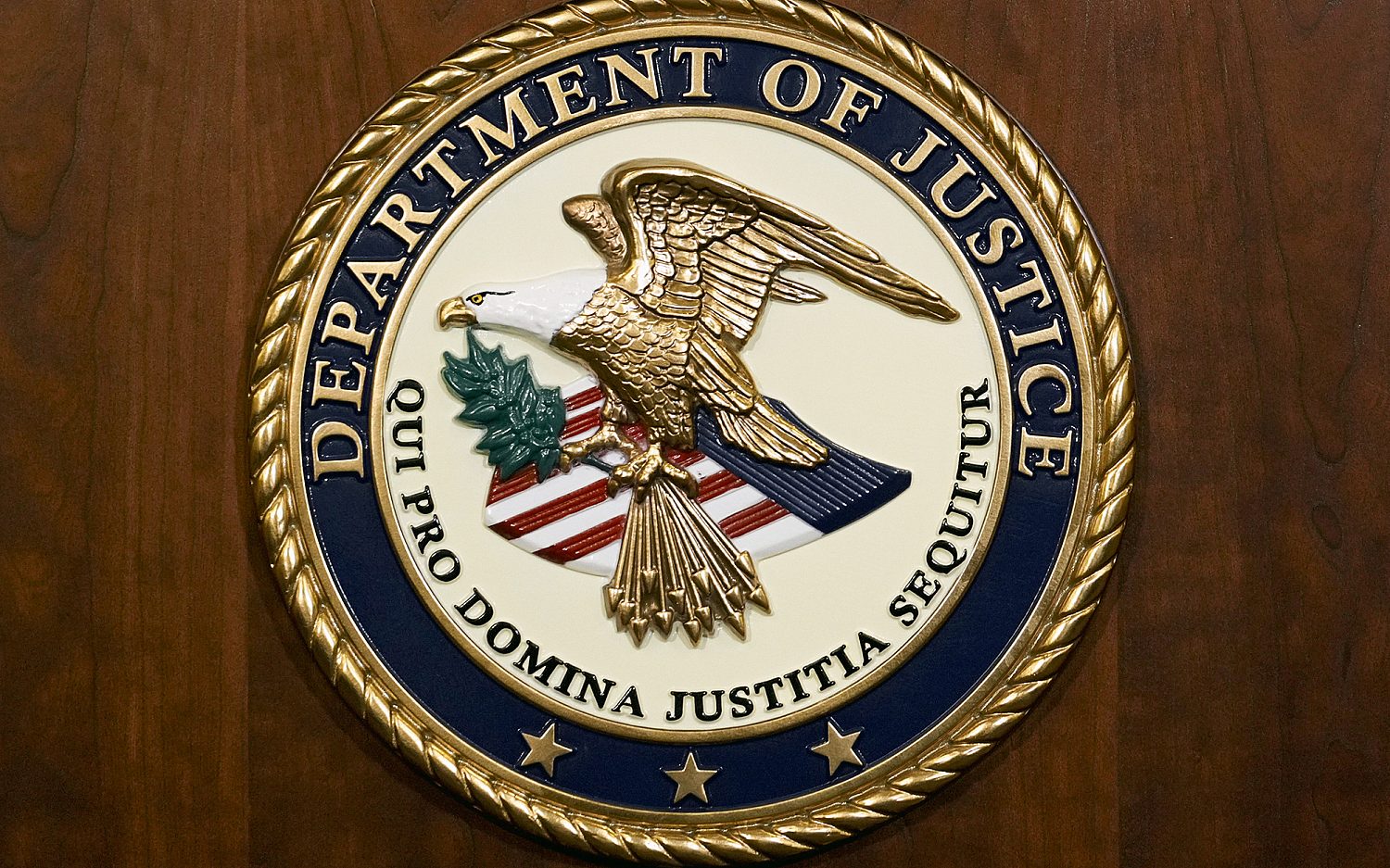FDA stands firm on gay blood donor ban
Despite pressure from gay rights groups to lift the ban on gay and bisexual men donating blood, the Food and Drug Administration (FDA) has stood firm, citing the agency’s charge to safeguard American health.
The FDA said it will consider lifting the ban, “only if supported by scientific data showing that a change in the policy would not present a significant and preventable risk to blood recipients.”
Today’s U.S. blood supply is remarkably safe, but that wasn’t always the case. Thousands contracted AIDS in the 1980s from blood tainted with HIV, a death sentence at the time. As a result, the FDA began its lifetime ban on gay and bisexual blood donations: Any male who has had sex with another male since 1977 is excluded.
The Centers for Disease Control and Prevention (CDC) reports gay men are more severely affected by HIV than any other group, accounting for 63 percent of HIV infections and 78 percent of newly infected men in 2010. Since banning their donations, the risk of getting and HIV infection from today’s blood supply is now less than one in a million, according the CDC.
Gay activists demonstrated at blood donation sites this summer. To draw attention to the ban, gay men were urged to show up and try to donate blood, knowing they would be turned away. The mainstream media provided extensive coverage and often gave the impression that the ban was outmoded, unscientific, and causing a shortage of blood.
In July, NBC reported “our blood supply is dangerously low” and suggested lifting the ban to solve the problem. Red Cross’s Susan Stramer disagrees: “We have a surplus of blood. The question is about what’s equitable.”
Gay groups claim the ban is discriminatory and fosters the stereotype that gay and bisexual men are a danger to the nation’s health. They claim that with advances in testing, their donations can be resumed safely.
Unfortunately, someone infected with HIV doesn’t immediately test positive for the virus, creating a window during which infected blood could be banked. Blood would also need to be stored awaiting test results, and some experts fear infected blood could inadvertently be released for use.
Even if the FDA modified the ban, the blood supply would only increase slightly: According to the agency, the entire pool of banned donors only represents 2 percent of the U.S. population.
Brian Moulton, legal director for the Human Rights Campaign, said he is frustrated that the ban persists: “It’s very personal for a lot of people who would like to donate.”
But it’s also very personal to all the hemophiliacs who saw their numbers decimated by the infected blood supply before the ban. They and other groups who require frequent blood or blood products are urging “blood safety” be the first consideration before any policy change.
An actual newsletter worth subscribing to instead of just a collection of links. —Adam
Sign up to receive The Sift email newsletter each weekday morning for the latest headlines from WORLD’s breaking news team.




Please wait while we load the latest comments...
Comments
Please register, subscribe, or log in to comment on this article.